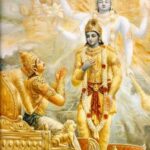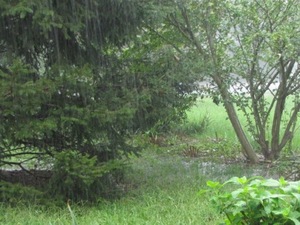Some people like to do a lot of shooting. But most who do a lot of shooting cannot afford to buy pre-made bullets in the quantities that they use. The rest who do a lot of shooting are professional target shooters who are trying to get the best accuracy that they can get by making custom rounds.
So bullet components (gun powder, primers, bullets, and cartridges) are sold so people can put their own bullets together and customize their rounds (by adding more or less powder). But bullets don’t just slide together, you have to have specialized tools.
You need dies that change the size of the cartridge (cartridges expand when shot), a die that takes the primer out (in Lee Reloading dies, the full casing re-sizer also has a de-primer), a die that seats the bullet, and (most people don’t use this one) a crimp die that helps to keep the bullet from sliding. There are 2 different-sizing dies. One is a neck resizer and the other is full re-sizer. Both come in a 3 die set. A 4 die set has a crimp die in it. All of these are used in a press (more on this later).
Lee reloading dies come in every caliber that is made, except the 17HMR, which is a rim-fire round and are cheap enough that they don’t ever get reloaded.
Lee dies cost an average of $30 per set + shipping. This takes into account everything from the very cheap .22 dies to the very expensive dies for rounds like the 50BMG-which can cost $130 + shipping. I recently bought a colt .45 die that cost me $40-which included shipping.
The Lee dies work very well. Every single die that I have used has done its job perfectly. I even measure the re-sizing with calipers!
The major downside is that startup costs are extremely high and you have to buy so many things to begin reloading. You have to buy-for use of all the dies-a press, a case trimmer, a powder scale, and a primer-seater.
Then, for each caliber, you have to buy the die set (Lee dies come with a shell holder for the press), a shell holder for the primer seater, a shell holder for the case trimmer, and the pilot for the case trimmer. The shell holders and the pilot have never cost more than $5 a piece.
Then, for the bullets, you have to buy, powder-$20 for the smallest container you can buy, but it lasts forever, the bullets-whose cost can vary greatly depending on the caliber and what kind it is (full metal jacket, flat, hollow point, or ballistics tip), primers about $1.50 for 100, and the cartridges-which can cost as much as $25 for 100, but the cost is greatly reduced by the fact that you can re-use cartridges a few times.
This sounds like a lot, but when you look at the overall costs, for one caliber-on average, your first 1000 bullets are full price, and the rest are at most half price. Until you buy what you need for a new caliber, then-on average, your first 100 bullets are full priced and the rest are at most half priced. Once you buy the dies, shell holders, pilot and all the other things you need except for the bullet components themselves, you never have to buy them again!
So is reloading right for you?
Ask yourself, do you do enough shooting to make this worthwhile? And “Do you have the patience required to become your own bullet factory?”
If you said yes to both of these questions, I recommend visiting your local gun shop or going online and buying what you need to get started!


